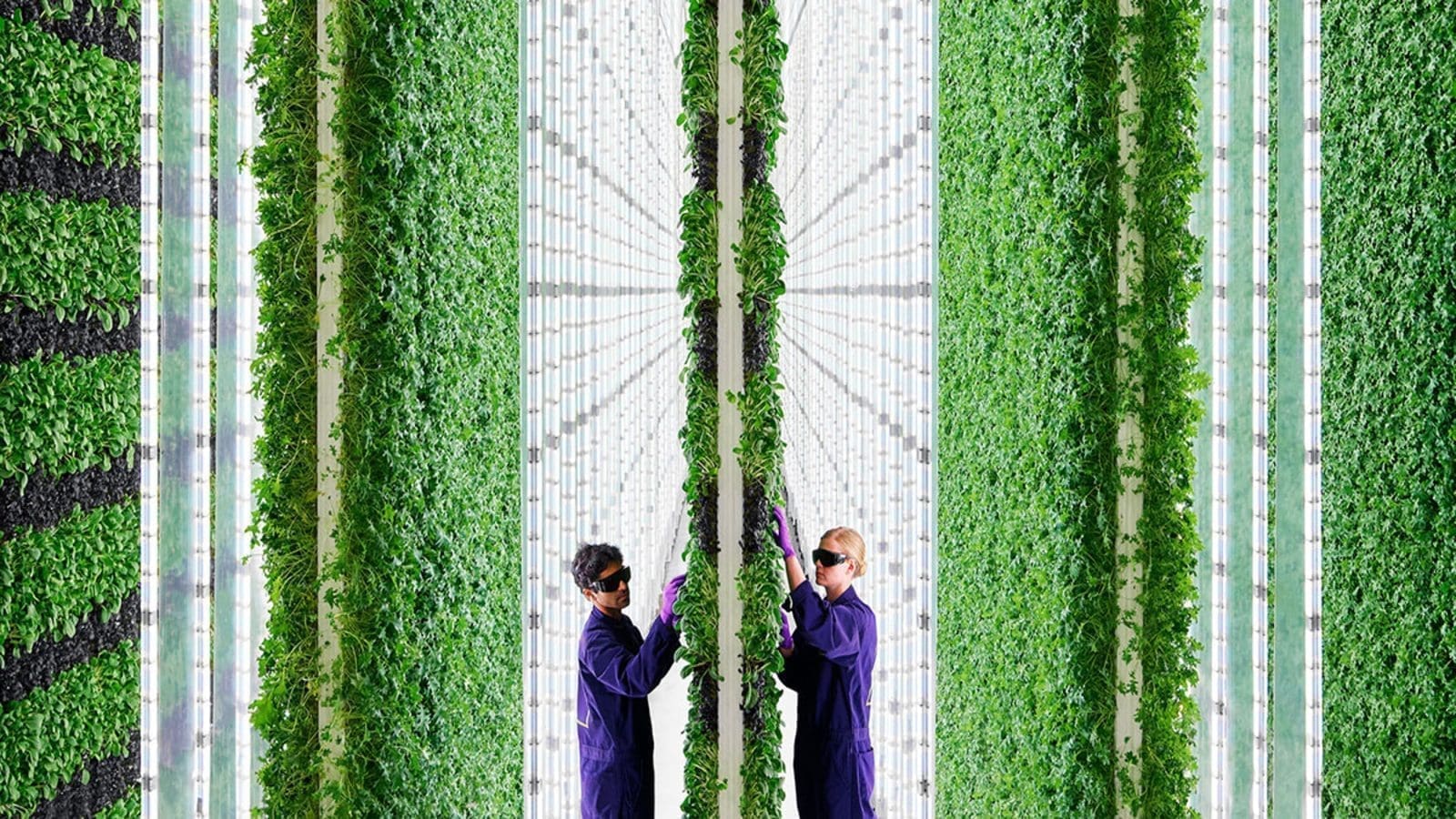NIGERIA – Nigeria’s cane sugar production is projected to reach roughly 70,000 metric tons (MT) in marketing year (MY) 2021/22, down about 7% compared to MY 2020/21 figure of 75,000 metric tons (MT), despite the public-private sector intervention to boost local production.
In 2012, the government of Nigeria approved and launched the National Sugar Master Plan (NSMP), a policy document that contains the strategic road map for the development of the sugar sector as well as the enactment of the conducive policy environment for its implementation.
The policy positions the sector to attract investments for domestic production through backward integration program, offering credit facilities and tax incentives to investors, while at the same time imposing duties on imported raw and refined sugar.
On paper, the NSMP is supposed to provide 50% loan through the Sugar Levy Fund to ensure that 40% of the total cane required by sugar millers is sourced from out growers’ farms around sugar.
Its other major objective was to increase sugarcane acreage to 224,000 ha from 6,000 ha of active sugar cane production in 2010, and produce around 1.79 MMT of sugar by 2023.
The Nigerian National Sugar Master Plan aims to produce around 1.79 MMT of sugar by 2023.
USDA
According to a GAIN report by USDA, despite the laid down interventions, Nigeria has not yet registered rise in production as the sector is significantly challenged by weak infrastructure, poor policy formulation and implementation, limited funding, and insecurity in some of the sugarcane production areas.
Sugarcane is mostly grown in Northern Nigeria at the sugar cane production belt of Kwara, Adamawa, Niger, Kebbi, Jigawa, Sokoto, Oyo and Taraba States.
These areas are characterized by host communities’ hostility, estate encroachment by state governments, flooding, fire outbreak during dry season, and the lack of long tenured financing opportunities.
The challenges facing the sugar producing zones have over shadowed the investments made by the millers who have increased sugar refineries capacity in the country from 2.75 million metric tons per annum in 2019 to 3.4 million metric tons per annum in 2020, but operating at less than 70% capacity.
Some of the leading investors in the sector include Dangote Sugar Refinery, BUA Sugar Refinery, Golden Sugar Company Limited subsidiary of Flour Mills of Nigeria.
The Dangote Group reportedly is investing US$334.1 million; the BUA Sugar Refinery is spending US$107 million; and Golden Sugar Refinery is devoting US$142.4 million to expansion, in line with the NSMP.
Nigerians turn to healthy lifestyle reducing sugar consumption
The report further highlights that Nigeria’s sugar consumption in MY 2021/22 is estimated at 1.6 million MMT, down by less than one percent from the 1.61 MMT recorded in marketing year 2020/21 following consumers shift to a healthier lifestyle.
Also, the devaluation of the country’s currency has resulted in incremental increases in sugar prices, with consumers opting to cut down on its consumption.
Nigeria’s per capita sugar consumption in 2020 is around eight kilograms, much lower than the global average of roughly 36 kilograms per person.
Nigeria still dependant on raw sugar imports
In a bid to meet local demand, Nigeria will still be dependant on raw sugar imports, which is projected at 1.8 million MT for the MY 2021/22, up over three percent from the 1.75 million MT.
Post attributes the uptick to increasing foreign exchange earnings from export of refined sugar from Nigeria to neighbouring West African and Sahel countries since the naira was devalued.
It is important to note that Nigeria imports brown sugar, but refines it locally to meet most of its sugar requirements. Brazil is the largest supplier of raw sugar to Nigeria with over 85 percent market share.
Imports of refined sugar is restricted in the Free Trade Zones with the government recently banning the flow of the product from the designated area into the Nigerian Customs Territory, in a bid to protect the NMSP.
Nigeria’s refined sugar exports in MY 2021/22 is expected to grow by 17 % percent at 350,000 metric tons (MT), higher than MY 2020/21 estimate.
Exporting refined sugar seems beneficial because of foreign exchange earning opportunities.
Liked this article? Subscribe to Food Business Africa News, our regular email newsletters with the latest news insights from Africa and the World’s food and agro industry. SUBSCRIBE HERE










